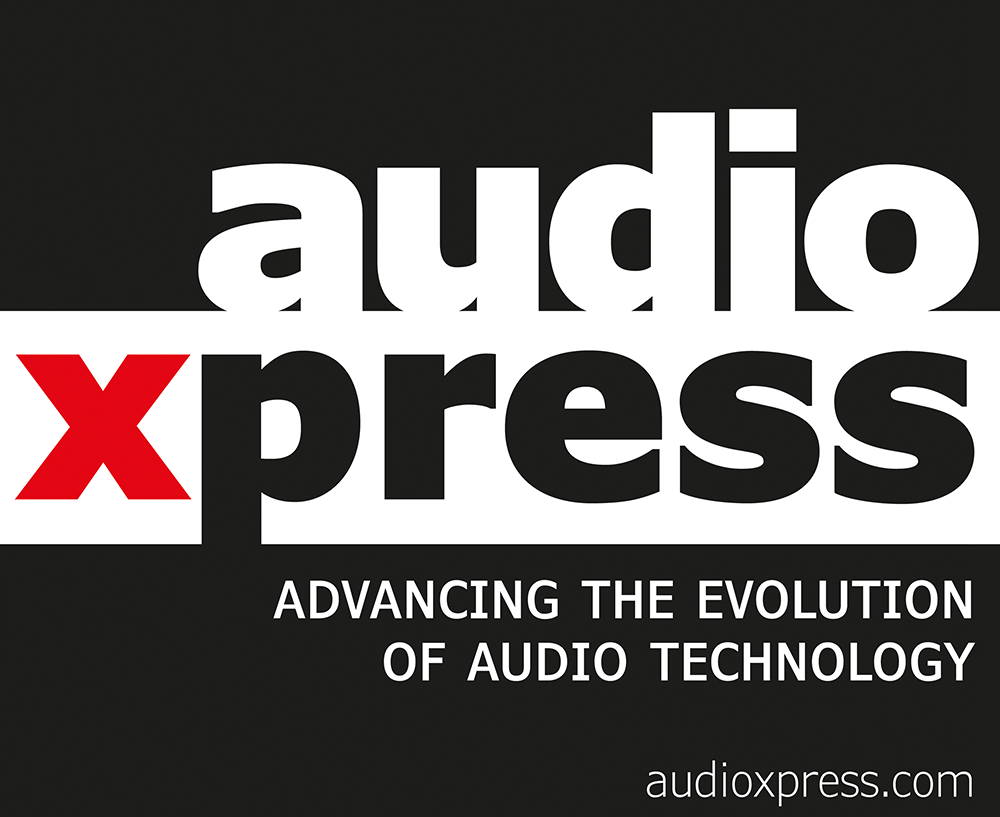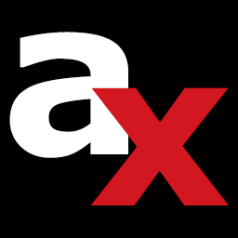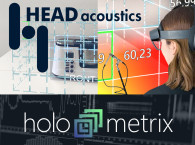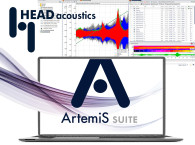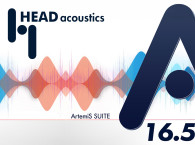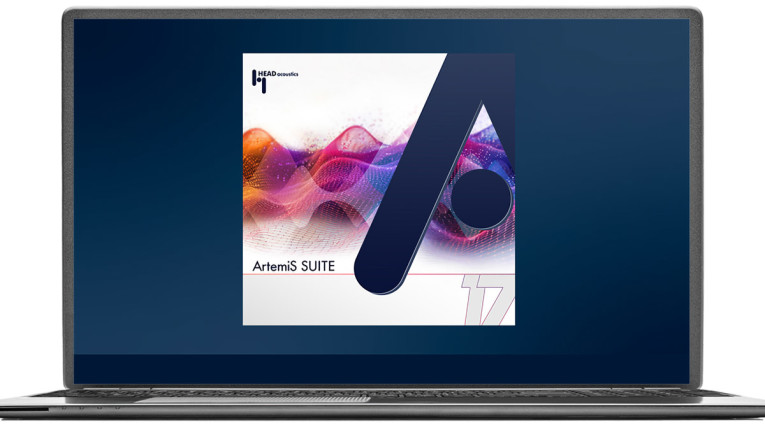
HEAD acoustics’ ArtemiS Suite is used across all industries in NVH analysis, for example, in product development and optimization as well as in troubleshooting. ArtemiS Suite 17 introduces two key technologies for greater efficiency and precision in Transfer Path Analysis.
Blocked Forces are an essential partial result of Transfer Path Analysis (TPA) and can be determined per ISO 20270. They describe vibroacoustic sources independently of their installation situation. From a component and system development perspective, this has the significant advantage that blocked forces can be applied to almost any target system. HEAD acoustics has been making work with Blocked Forces easier and more efficient since 2018. ArtemiS Suite enables smooth and interactive planning, execution, and documentation of the necessary measurements and calculations, supported by a 3D model. With the Interface Completeness Criterium Plus (ICC+), users also have a unique measure of the suitability of the defined interfaces.
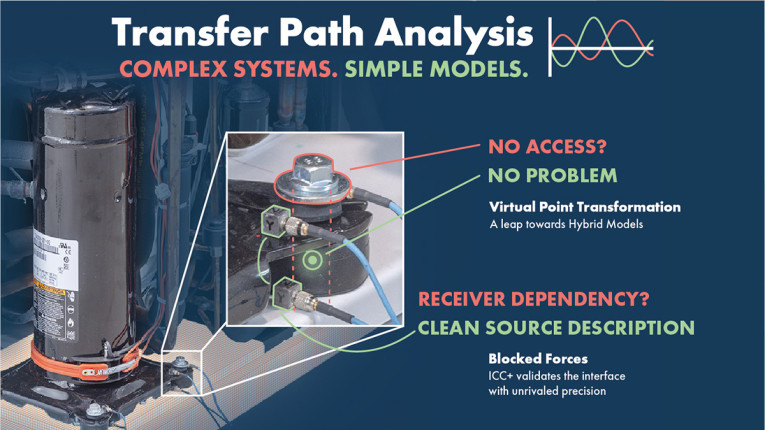
HEAD acoustics also integrated Virtual Point Transformation (VPT) (ASP 601) into ArtemiS Suite 17.0. This integration enables the estimation of forces and moments, as well as translational and rotational accelerations, for points that traditional methods cannot measure. VPT streamlines the creation of hybrid models by linking physical measurement data with numerical simulation models. It is fully incorporated into the TPA project and optimized to assist even inexperienced users in conducting quality analyses. Users can now interactively optimize the number and position of necessary measurement points during the planning stage using quality criteria and evaluate the quality of the results after calculations.
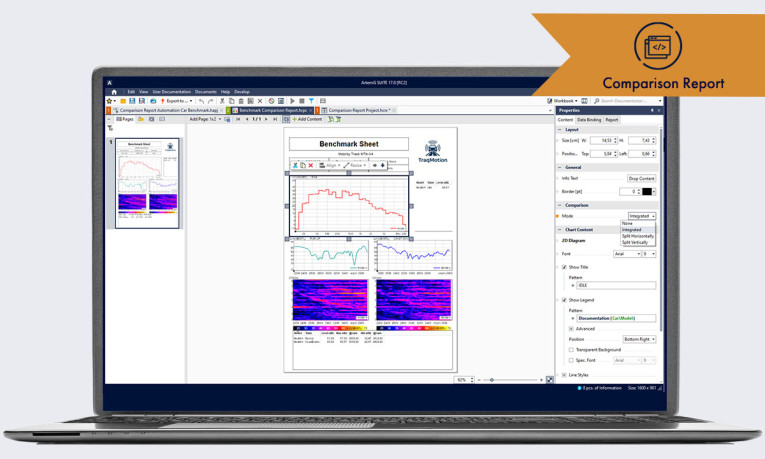
Another major update involves automated comparison of measurement data sets. The new Comparison Report tool (APR 021) enables the automatic comparison of multiple measurement datasets and analysis results, for example, across different development stages or when benchmarking against competitor data. Users can reuse existing report templates to quickly create consistent, format-flexible evaluations. Integration with automation projects also allows for direct data processing within the comparison project.
ArtemiS Suite 17.0 also adds the newly released ECMA standard 418-2 (4th) for fluctuation strength in addition to the evaluation of tonality, roughness, and loudness according to the Sottek hearing model. This allows users to optimize noise in vehicles, machines, air conditioning systems, and many other applications. Noises with slow periodic fluctuations, in particular, which are often perceived as disturbing or unpleasant, can now be precisely analyzed and evaluated instrumentally.
Further improvements to ArtemiS Suite 17.0 include direct connection of MATLAB scripts for advanced automation and analysis functions within ArtemiS projects; and optimized project modules in areas such as offline filtering, psychoacoustics, system analysis, recorder, shape comparison, modal analysis, and automation framework. HEAD acoustics also reports overall increased performance with optimized usability and shorter analysis times in central modules.
www.head-acoustics.com
